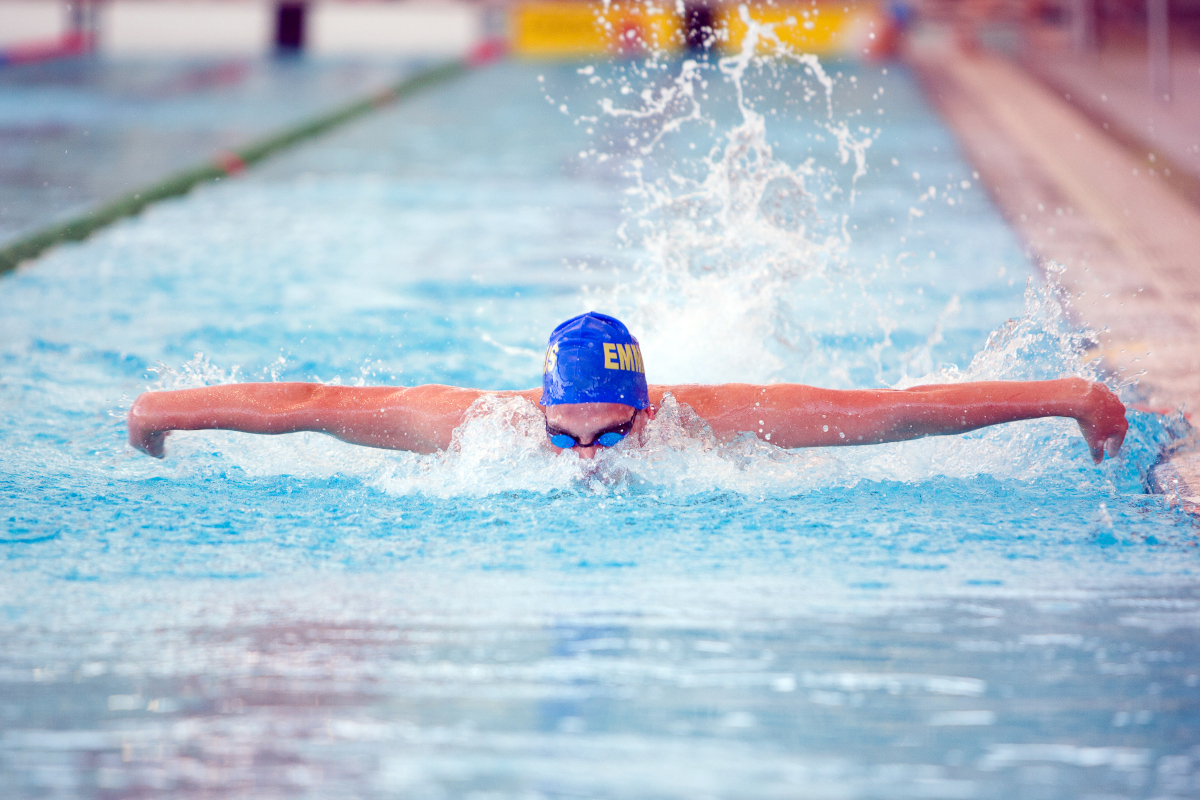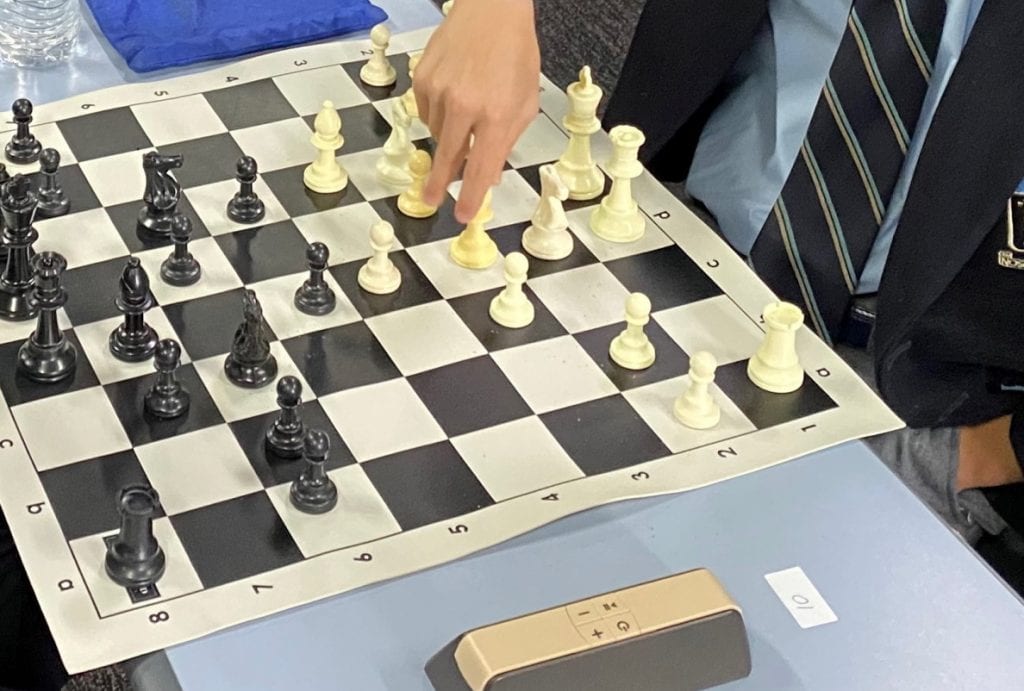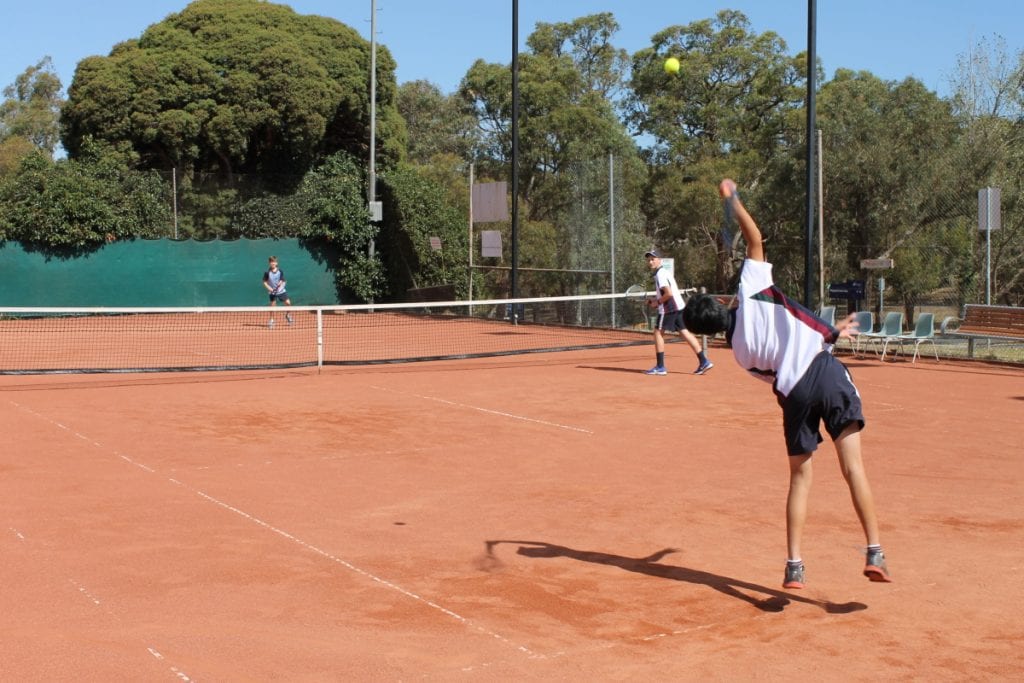Beach Carnival
The EISM Beach Carnival is to be held at Point Leo in Term 4. This event is student based and the emphasis is on participation and safety. There are ribbons for the place getters of each event, but no points are allocated and there are no school trophies on offer.
Students will not be permitted to enter the water whilst the Carnival is in progress unless it is for an event. There will be a short swim session in the shallow water for the students in the middle of the program. This will be supervised by the staff members and the Surf Life Savers who are on duty for the duration of the Carnival. There is to be no entry into the water at any time unless it is between the flags and there is a Surf Lifesaving Victoria lifeguard supervising. Any student that does not follow the rules about swimming between the flags will be banned from further Beach Carnival events for the remainder of the day.
The age groupings for the day are by year level rather than age group. The three groups on the day are:
- Year 7
- Year 8
- Year 9 and older
For the duration of the day the boys compete in their events and the girls compete in a different set of events. One gender to be doing a beach activity whilst the other is doing a water activity. The exception to this sequence is the last event – flags. Both boys and girls compete in this event at the same time and it is the last event of the day.
In most cases the water activities do not require students to go to a depth above their shoulders. Usually, the students are either in waist deep water (without a board) or up to their shoulders (with a board). At all times there will be two lifeguards with an inflatable dinghy specifically supervising the EISM carnival.
The list of events offered on the day includes:
Board relays Beach Sprints
Wade relays Flags
Board rescues Run-Swim-Run
Ironman/Ironwoman events *** Swim relays ***
*** Students will only be allowed to compete in these events if they are wearing a wetsuit. The course will be set up to attempt to swim parallel with the beach where possible. Tides and local conditions can affect this. Please note the above events may or may not be conducted on the day depending on weather conditions and time constraints.
Schools to supply tents and sunscreen for sun protection. Students are advised to wear rash vests/wetsuits and must wear school provided swimming caps for all water activities. They should also wear a hat when not competing. Further information can be obtained by ringing your schools Head of Sport
There is no canteen at the beach at Point Leo, so all food and drink need to be brought in. Each School is responsible for cleaning up their own beach area.
All Students must successfully complete a competency test and complete a medical form before the day. Staff must hold the correct qualifications to supervise at the event. A Staff Student ratio of 1:5 applies.
Team Entry:
1. Complete ‘EISM Gala Day Entry Form’ and email to exec@eism.org
2. Complete all Staff and Student Forms. Email to exec@eism.org approximately 1 week prior to the competition.
TYPE 3 VENUES
Type 3 venues include all beaches with direct access to ocean waters, any beach exposed to ocean swell, and any beach or lake that is exposed to currents, strong winds or large waves.
- using a flotation aid as a support for one minute
- re-assuring other swimmers by talking with them
- survival sculling, floating or treading water for five minutes
- waving one arm as if signalling for help.
In surf environments, students must know surf swimming techniques, e.g. swimming through waves and body surfing. Emphasis should be placed on teaching students about the changing nature of the seabed and the dangers associated with diving under waves in shallow water.
Before entering the water, students must understand:
- how to identify a rip,
- how water moves in a rip,
- how to swim if caught in a rip – at a specific surf beach, students should be able to point out any rips and other hazards, such as rocks, and be able to indicate the safe areas and where they would swim to if caught in a rip.
- safety procedures and considerations for the particular venue, including the boundaries of the surfing area depicted by clearly visible flags or landmarks on the shore
- surf signals (e.g. one arm raised on the shore to indicate that all students must come out of the water, and for a surfer in trouble, one arm raised to signal for help) and the need to watch carefully for signals at all times.
- The psychological preparation of students is as important as the physical preparation, especially for students who are anxious about the activity. Under no circumstances should students be pressured by staff or peers to participate beyond their readiness.
Designated Swimming Supervisor/Assistant:
The designated recreational swimming supervisor must hold at least one of the following:
- Bronze Medallion of the Surf Life Saving Association of Australia (SLSAA)
- Surf Rescue Certificate (SLSAA)
- for non-surf environments, recognised Australian White Water Rescue Training. The designated assistant to the instructor must:
- have experience in the activity at the level being offered to students
- be able to assume a supervisory role during the activity
- be competent in emergency response procedures, including CPR
- have conferred with the instructor to establish the emergency response and supervision responsibilities.
Where more than two staff members are required to supervise recreational swimming, one or more of the designated assistants included in the ratios must hold at least one of the following:
- Bronze Medallion of the Royal Life Saving Society (RLSS) of Australia
- Bronze Medallion of the Surf Life Saving Association of Australia (SLSAA)
- Surf Rescue Certificate of the SLSAA
- Recognised Australian White-Water Rescue training.
Supervision
Effective supervision is a critical factor in managing risk in adventure activities. A minimum of two staff members must be present for each activity. One staff member is to have responsibility for instruction in the activity and the other is to assist the instructor.
The following table shows the minimum staff-to-student ratios for recreational swimming. These must be applied when establishing the instructional and supervision strategy for the activity.
Activity Staff required Student numbers
Type 3 Venues 2 1-10
3 11-15
If the group is larger than 20 students, the teacher in charge must consult participating staff members about their ability to supervise and respond to an emergency with the larger group of students and adjust staffing accordingly. If a decision is made to vary the recommended allocation of supervising staff, reasons for the variation must be documented. The minimum requirements for this activity are as above.
Lifeguards at pools and beaches can only be used for supervision and included in staff–student ratios if they do not have general lifeguard duties at the venue at that time and their sole responsibility during the activity is for the students undertaking the activity.
If a student needs to be rescued, the duty lifeguard will usually take responsibility for the rescue. If the duty lifeguard is not able to assist, a staff member must undertake the rescue.
To ensure that there is no confusion between the roles of duty lifeguards and excursion staff members, staff must consult the relevant lifeguard on arrival at the venue.
Equipment and clothing
Equipment, whether hired, borrowed or owned by the school or students, must be in a safe condition and suitable for the activity. Staff members must wear clearly identifiable clothing so they can be easily located. Each staff member must carry a whistle or other device for signalling swimmers and other staff.
Experience and qualifications
Staff involved in the planning and conduct of the activity should have sufficient knowledge and experience of the activity and its environment to operate in all foreseeable conditions.







